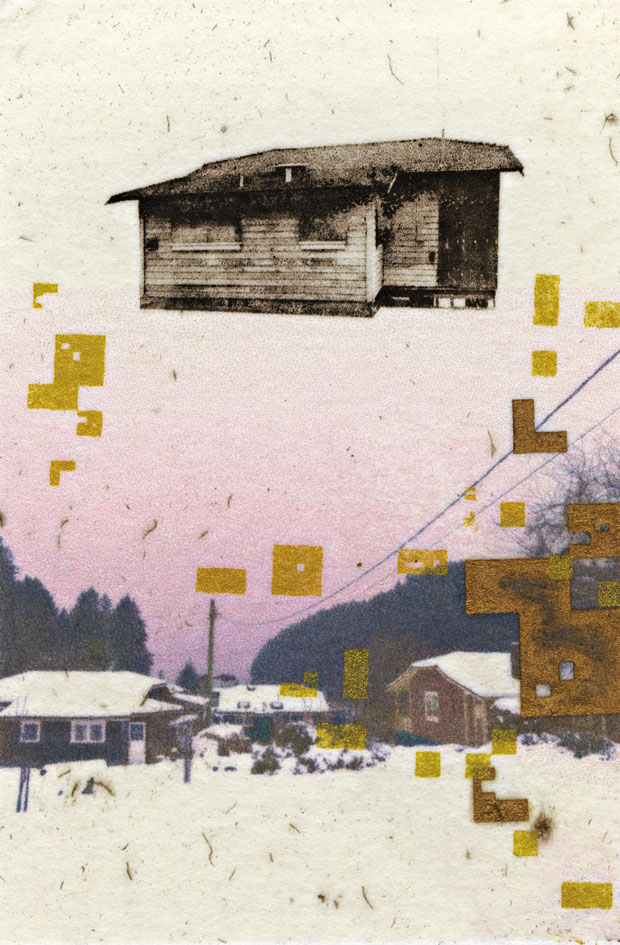
When I first began to read the classic novels by any of “the Russians”—Dostoyevsky, Tolstoy, Turgenev et al—I struggled mightily to keep all the characters straight. First: there were so many of them! And second: why did their names keep shifting about? “Mikhail” for example: how was he related to “Misha”? And “Mishka”: just where did he fit in? In this respect at the very least, Caroline Adderson’s novel, A Russian Sister (HarperCollins), is rigorously Russian—though Adderson at least provides us with a nice, concise list of all her characters; I immediately bookmarked the page for ease of reference. A Russian Sister is an insider’s account of the family life of Anton Chekhov, the great Russian playwright (Uncle Vanya; The Cherry Orchard) and author of hundreds of short stories. The narrator of A Russian Sister is Maria (a.k.a. Masha), younger sister to Anton (a.k.a. Antosha). Masha dotes on her ailing brother; in addition to this doting, Masha willingly sets Anton up with various of her female friends (as would almost any dutiful and adoring sister, I suppose). It is Anton’s off-and-on relationship with Lika, an actress and one of Masha’s closest friends, that forms the central romantic thread in A Russian Sister, a thread that becomes entangled with many others. At one point Adderson describes a pivotal moment in the action: Anton, on the eve of his departure—by train, horse-drawn carriage, and river steamer—for Sakhalin, a grim penal colony in Russia’s Far East. There exists a family photograph that captures this exact moment (not reproduced in A Russian Sister, but viewable at gettyimages.ca/detail/2669441). Lika and Masha are among the friends and family surrounding Anton; everyone looks directly at the camera, but it is Anton, front and centre, who draws our gaze. —Michael Hayward








